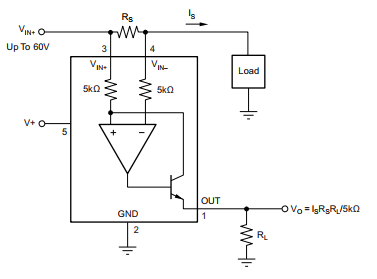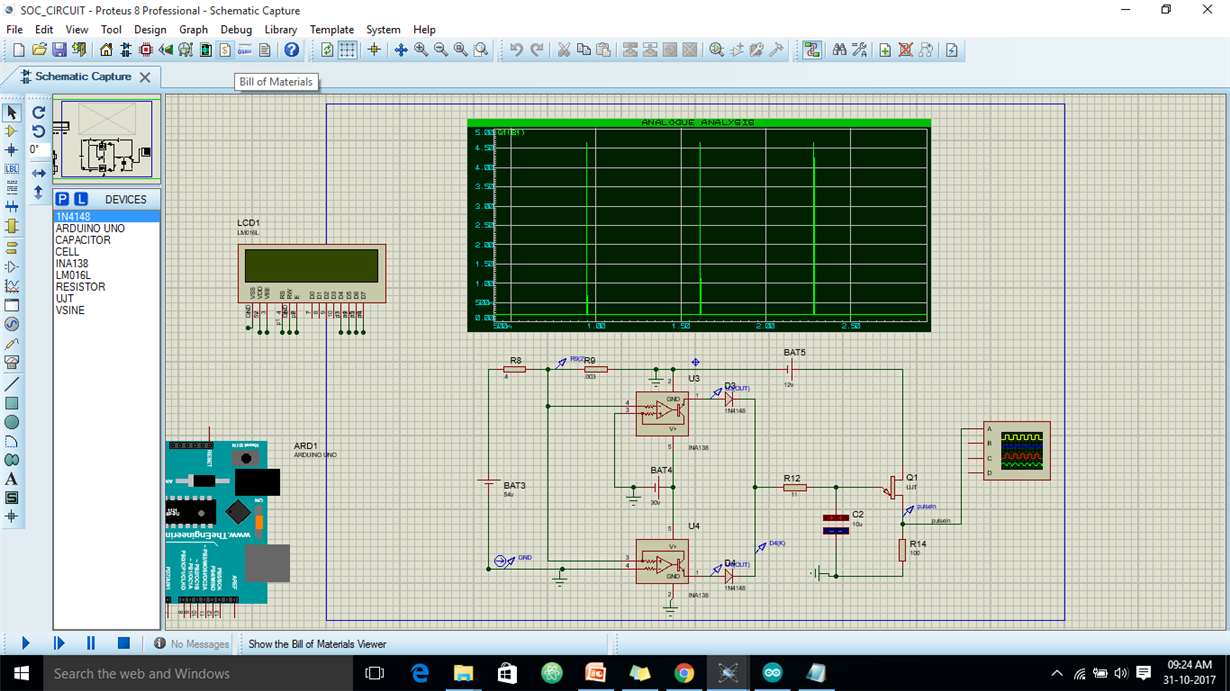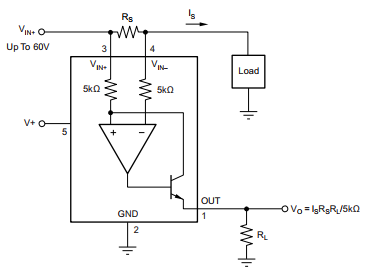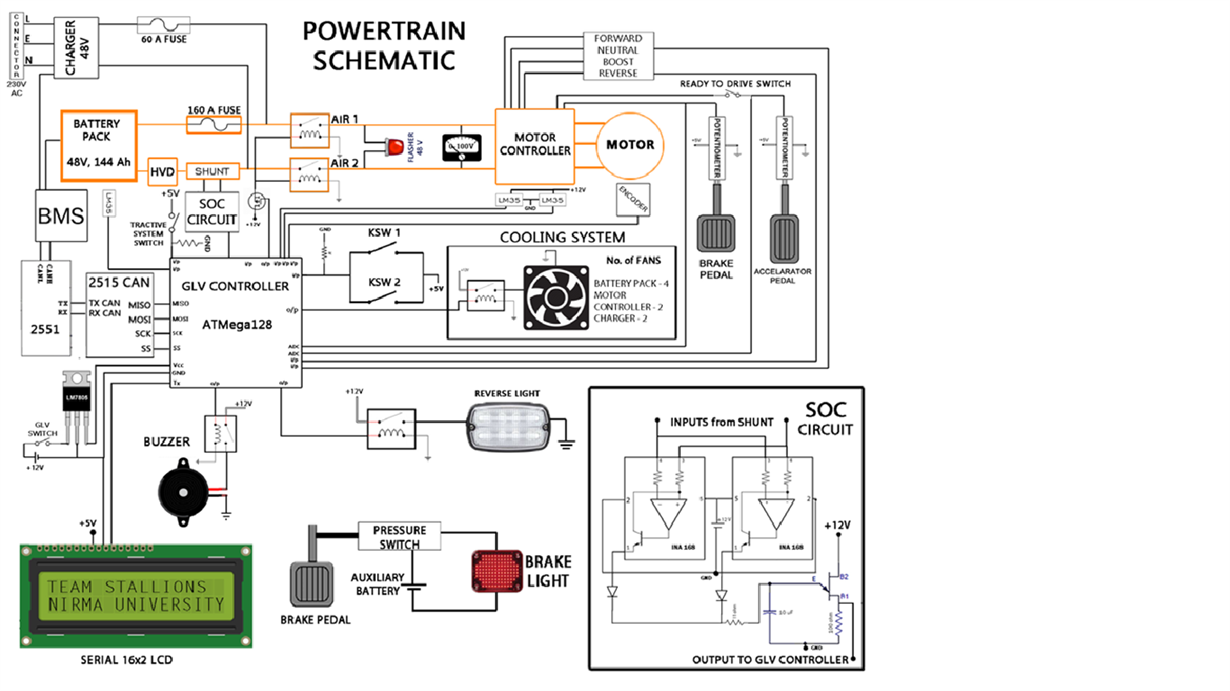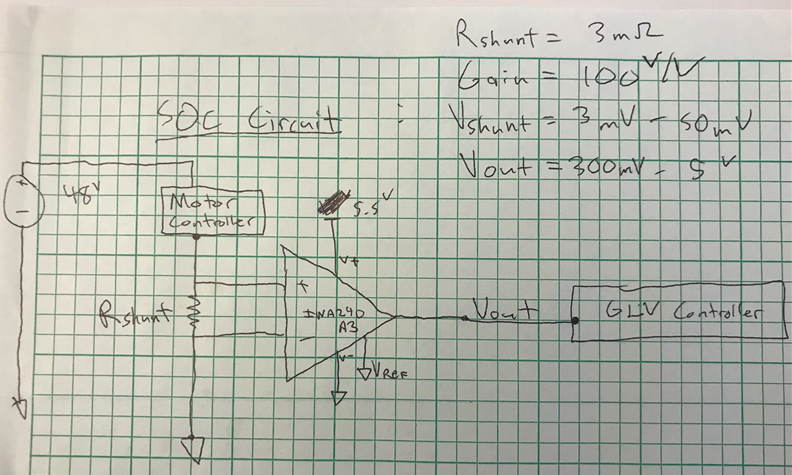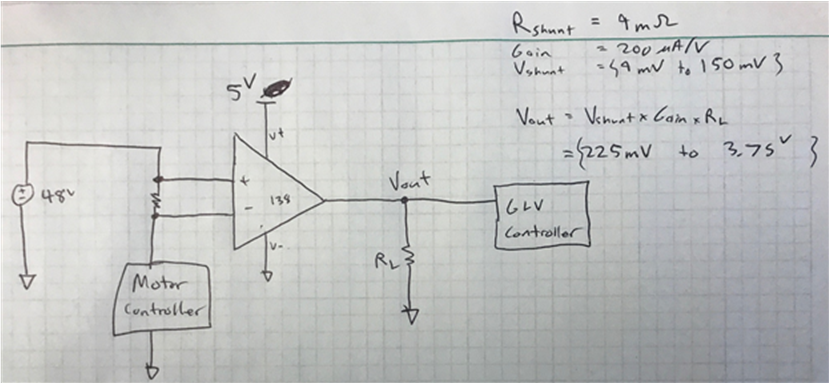Other Parts Discussed in Thread: INA240, INA138
I have a 48v , 144AH DC battery and on negative terminal there is a current shunt and I want to measure current through this shunt with the help of INA168 . I had take two wires from two terminals of current shunt and there two wire are acting as inputs of INA168 and at output side there is a load resistor across which I am measuring ampified voltage and gain of this circuit depends upon output resistor but I am getting only unit gain this is the problem that i am not getting gain more than 1. my circuit is attached here.